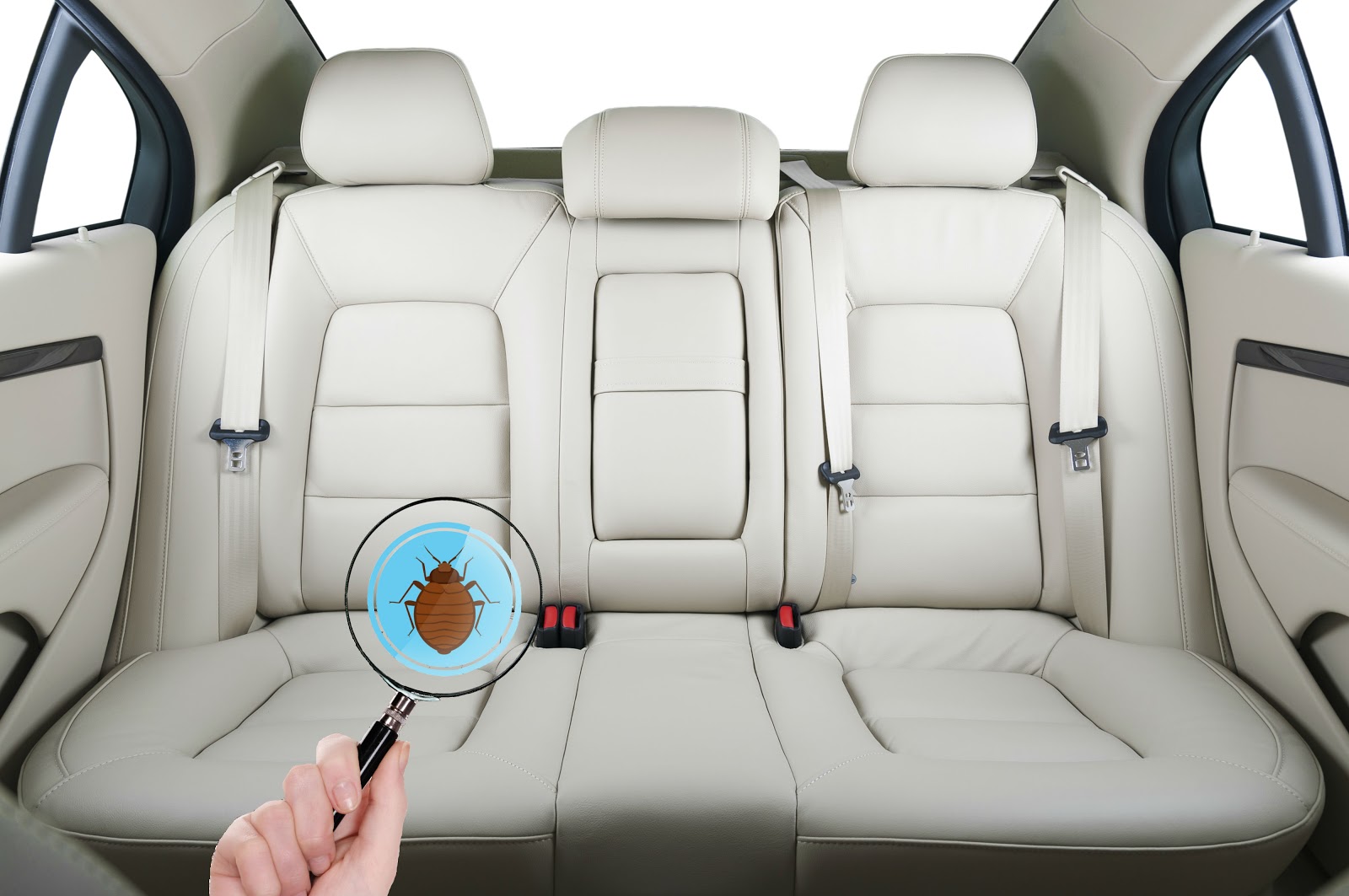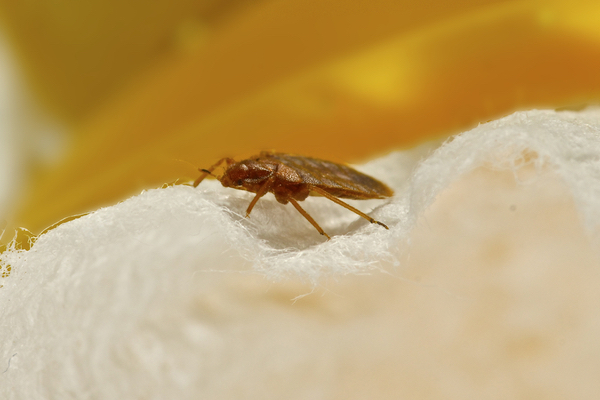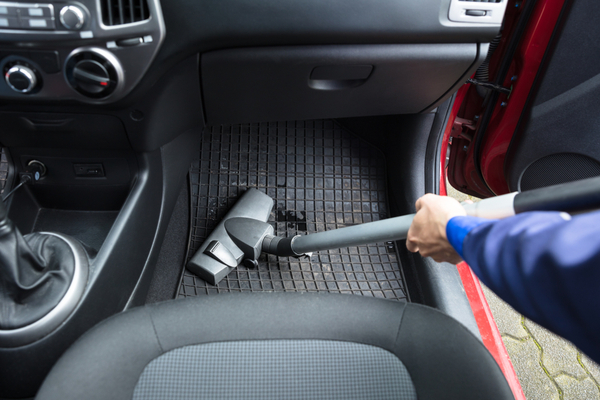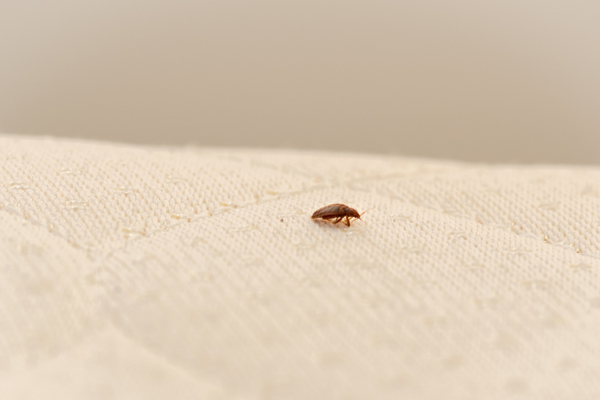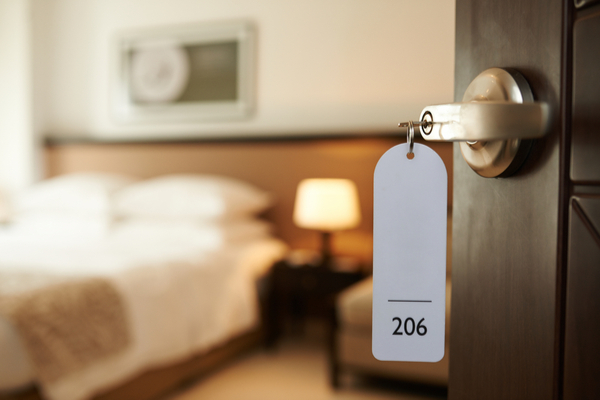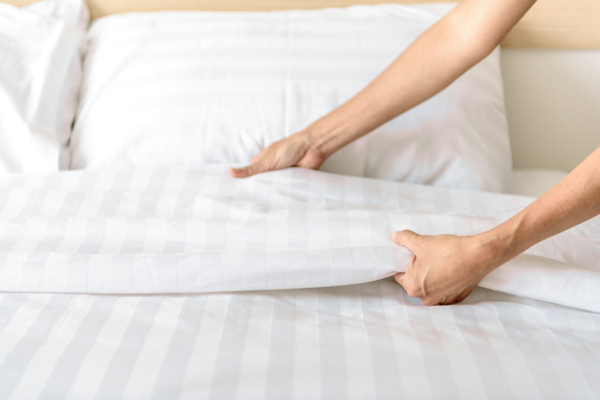There are a lot of hitchhiker horror stories. There are dozens of movies about it. The Hitchhiker. The Hitcher. The Hitcher II: I’ve Been Waiting. Curve. Quicksilver Highway. Hitchhiker Massacre. Dead End. And many more. All these media, all on the topic of scary folks trying to catch a ride. Despite how common a horror topic car hitchhikers are, these movies seem to forget the most common horror hitchhikers of all: pests.
Bed bugs are one horrific type of hitchhiker that is unfortunately all-too-real. Given the opportunity, bed bugs will sneak into your car and hitchhike all the way home with you. You’ll inadvertently transport them everywhere you go and they’ll make themselves at home with you and wherever you stay. Bed bug hitchhikers are a real problem, but fortunately, that means there are real solutions to that problem. All it takes to prevent bed bugs from hitchhiking in your car is a little knowledge and preparation. These are our best tips for keeping bed bugs out of your car:
Clean your car regularly and thoroughly.
It’s disarmingly easy for even very tidy people to let their cars get messy. Unfortunately, the messier your car, the easier it is for bed bugs to hide inside. Bed bugs tend to cling to and hide inside transported objects. Prevent bed bugs from getting into and hiding in your car by regularly practicing the following cleaning practices:
- Remove the floor mats. Take them outside. Shake them. This will remove the loose dust, dirt, and other debris. Set them down in your driveway or garage floor and use a vacuum to pick up anything that wasn’t already shaken off.
- Clear out any trash. Papers, coins, cans, cups, and so on. Use latex gloves in case anything has gotten a little too gross. Place all the trash in a garbage bag. Don’t forget to clear out places like the center console, cup holders, glove box, and both between and under the seats.
- Wipe out cupholders. You can use your average surface or glass cleaner. Spray it in, let it sit for five minutes, and then wipe it out. Do this same process for other plastic crevices like the center console, interior of doors, and so on.
- Use disinfectant wipes on all other surfaces. Buttons, dashboard, console. You can use q-tips to clean in the slots in the vents as well.
- Use carpet cleaner on all carpets. Spray it on, scrub it with a stiff brush, and let it dry.
- Vacuum everything. This is your final step. Anything that hasn’t already been caught (including wayward bed bug eggs) will be sucked up by the vacuum tube.
Learn how to inspect a car for bed bugs.
Car infestations aren’t nearly as common as infestations inside homes. Unfortunately, that’s often because the bed bugs in your car migrate or spread into your home quickly. If you have bed bugs in your home, you should know how to look for them in your car, as well. Here’s how you inspect a car for bed bugs:
- Remove any trash or clutter that they can use as a hiding place. This includes jackets, books, and other random items we tend to keep in our cars.
- Once you’ve done this, conduct a visual inspection. If your car is clean, any abnormalities should be easily found.
- Look along the seams in your car seats, underneath the seats, and along the floor. Also look in out of the way places like the glove compartment, console, and cup holders.
- Keep an eye out for common bed bug signs like rust-colored blood stains or dark streaks. You may also find abandoned exoskeletons or small black eggs that look like lint or dots.
Have the number of a trusted pest control company on hand.
Bed bug problems can go from small to big fast. They can easily spread to your home, office, friends, and family if not taken care of immediately. That’s why you want to know who you’re going to call if you have a bed bug problem before you have one. Do some research on local pest control companies and find one that has robust practices that include inspections, heat treatments, and more.
Whether it’s bed bugs in your car, cockroaches in your basement, or something else entirely, Griffin has your back. Give us a call whenever you need help removing pesky pests from the places you call home.


